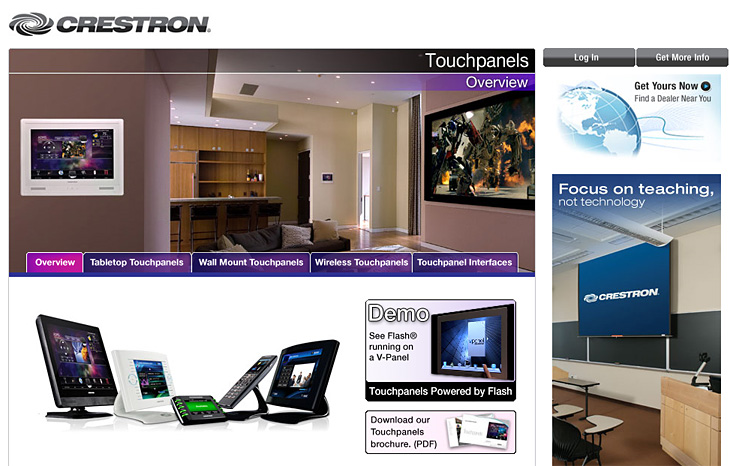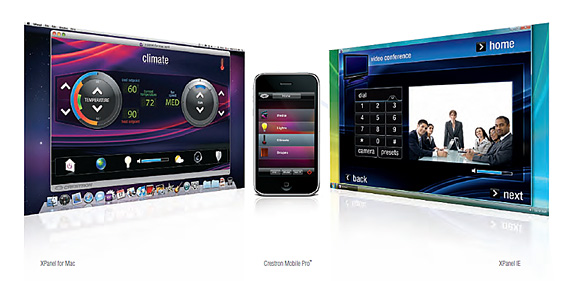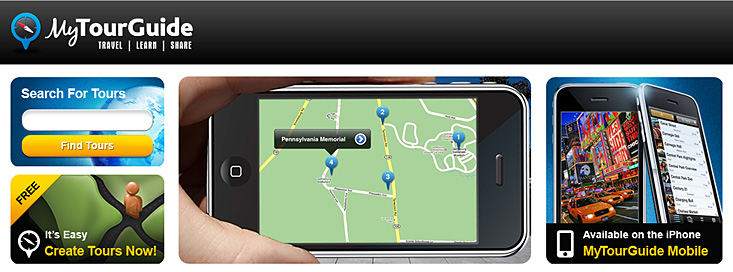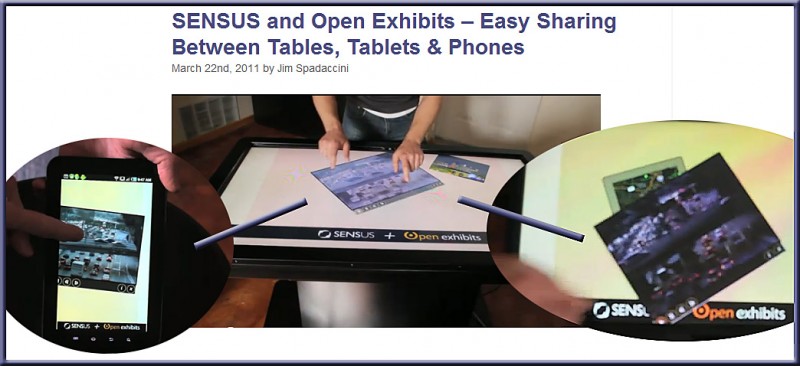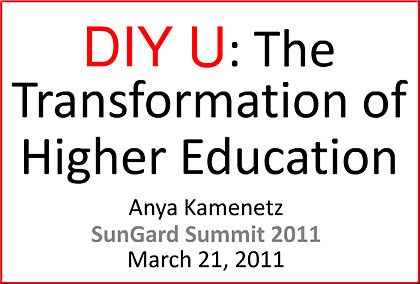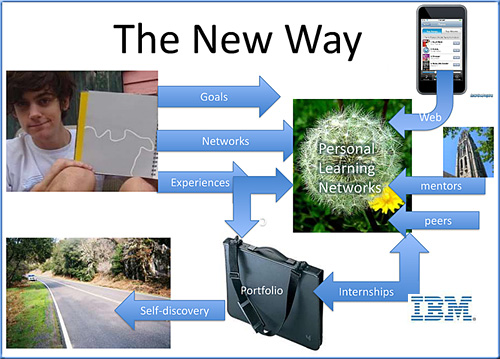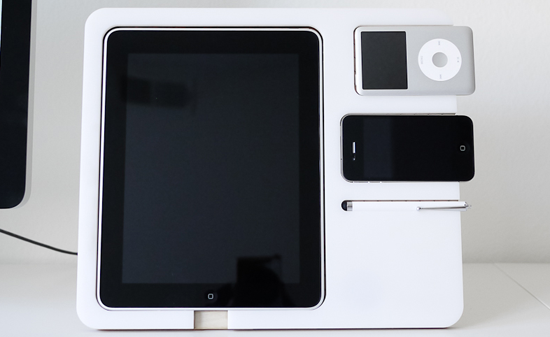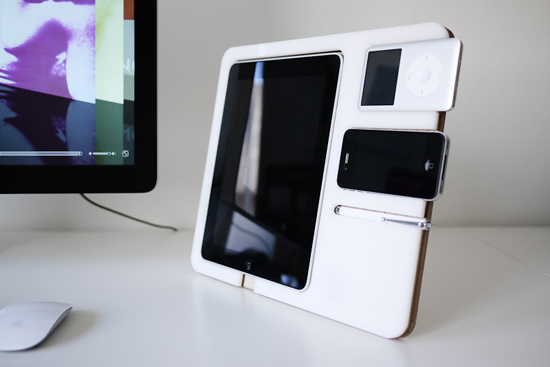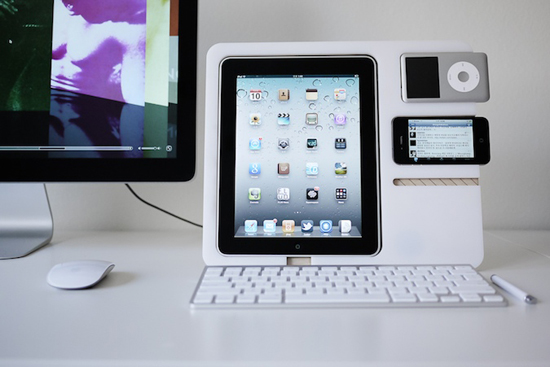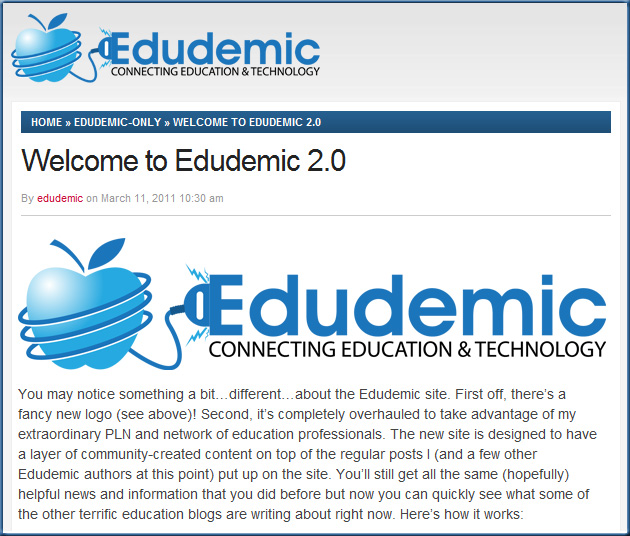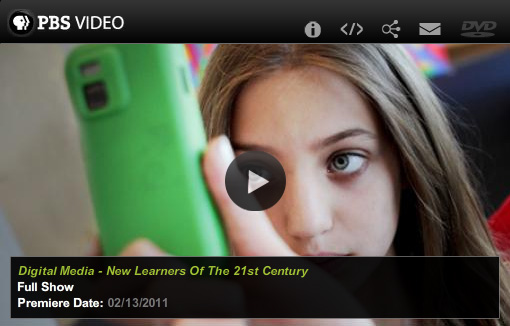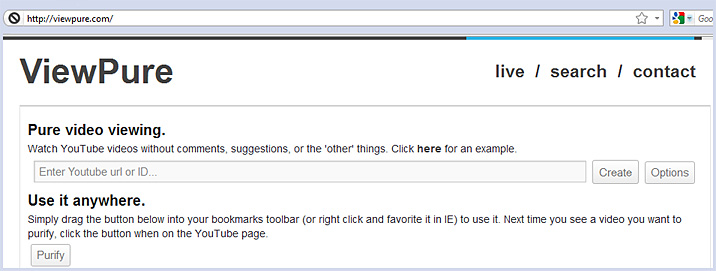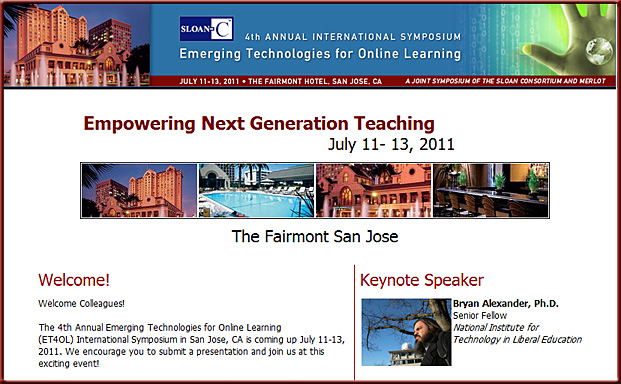The Education Game-Changer — from the Huffington Post by Neal Bascomb (author of THE NEW COOL, a story about science, education, and robots)
Charter schools, standardized tests, merit pay, teacher tenure — worthy topics, but ones about incremental movements in an American educational system desperate for a game-changer.
…
A noble ambition, but the truth is we already have the technology to transform education and return American schools to their preeminence in the world. The game-changer is the creation of a first-class, digital educational platform with enhanced, immersive lessons across a range of subjects at all grade levels. Technology will be in our schools, the focus should be on the quality of content on their screens.
For generations calculus has been taught the same way.
…
Now imagine learning calculus in a new way. Color tablet computer in hand, students choose their preferred learning style (lecture-based, symbolic, text, or visual). They set their own pace and level of interactivity. They select the avatar of their choice to deliver lectures (will.i.am, anyone) and how often they need to be quizzed to determine/aid retention. The standards of what is taught do not change, but their presentation is remarkably transformed. Instead of a blur of equations and two-dimensional graphs, imagine calculus illustrated with 3-D animations and defined in terms of its real-world applications. Solving a differential equation to determine trajectory is a lot more interesting if we make it about a doomsday scenario of an asteroid crashing into Earth — or just missing. Such video game-like techniques would be part and parcel of this new platform. Add in a social network, where students can interact with their peers, and an “app” market where experts offer their own pieces of the puzzle, and this platform comes even more alive.
More here…









